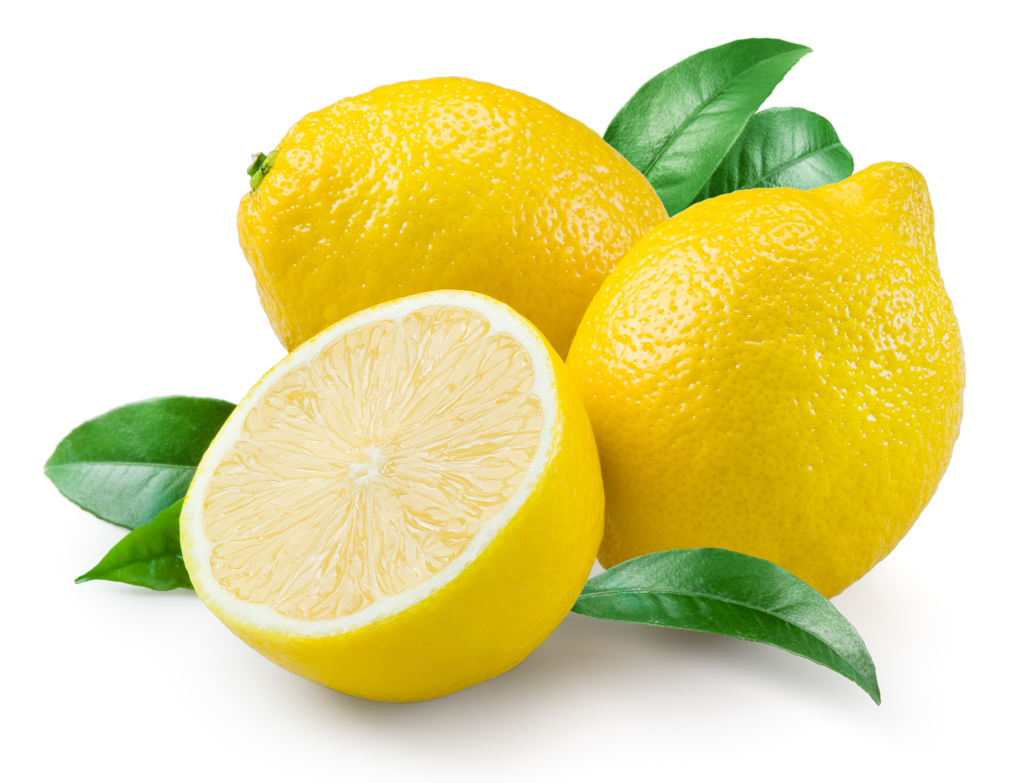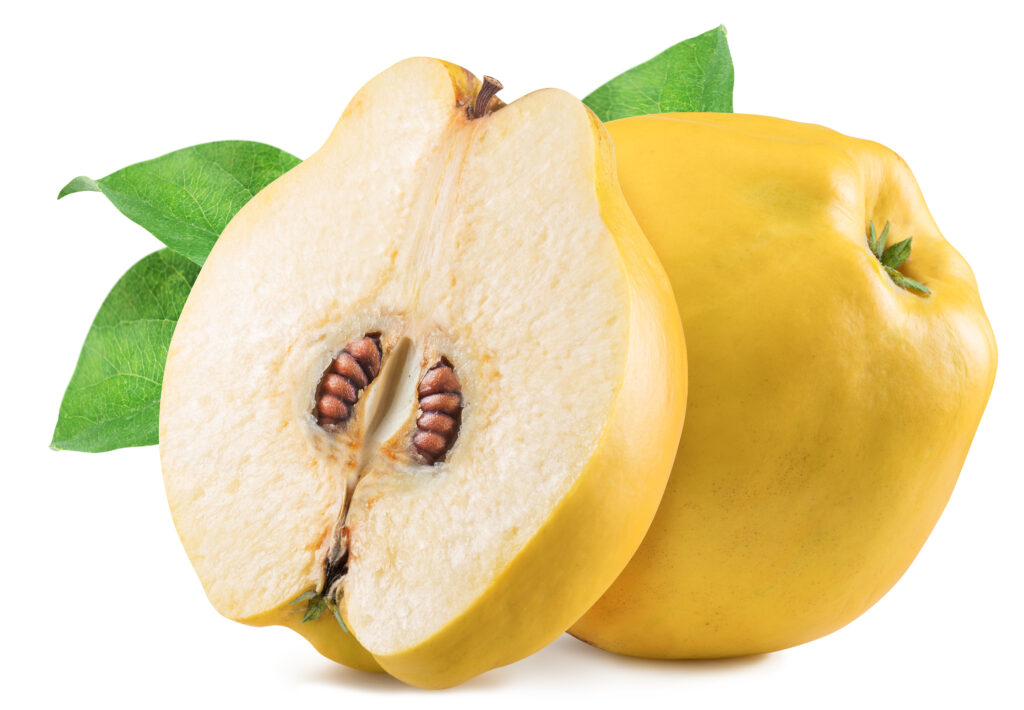Allergies are an excessive response to apparently “normal circumstances” around us, whether coming from air, water or earth. Responding with a runny nose and itchy eyes to pollen or breaking out in a rash from synthetic clothing is not a normal response but it is becoming increasingly common.
It is understandable that allergies are increasingly common given the massive increase in foreign, artificial, and harmful substances in the modern world, how should people cope? Our sense of comfort and security is constantly undermined.
Drugs do nothing to strengthen our immune system, our native resources. They seem to solve the “problem,” but we remain weak and susceptible. Anthroposophic and homeopathic medicine offers an alternative approach: a way to strengthen our body, soul, and spirit so it can hold its own in the world. How does it work?
Lemon Quince for Allergies
Take Lemon Quince pellets and nasal spray as an example: It is used for hay fever and airborne allergens. The astringent, juicy lemon is a fruit originally found in India. It never ripens like an ordinary fruit to become sweet. It has a thick, leathery rind full of essential oils. The oils are volatile and if squeezed on to a match flame, it will burn brightly.

The protective skin lends a strong but supple quality to our own “skin,” so we do not have to overreact to outside influences.
In the Lemon Quince pellets and nasal spray, the lemon is combined with quince fruit which looks like a large apple. But it, too, never properly ripens, remaining hard and pithy but with a delicate perfume. It is only edible by cooking with sugar to make a jam. However, it has an enormous capacity to stabilize water. Instead of runny juices it can create a gel. This shows its resilient, sturdy qualities. Qualities that teach us how to handle allergy sensitivity.
The anthroposophic homeopathic approach to treating illness is to show the body how to re-establish balance or homeostasis, rather than temporarily forcing the body to stop symptoms without a true cure.
We can see in natural phenomena like lemon and quince how nature activities model human activities or show the way to establish proper boundaries: The lemon peel holds juices inside a strong, supple skin. Quince can prevent juices from running away. And both show resistance to ripening. The ability to declare their own being when outside influences would cause them to ripen.

Solum Aesculus Lemon Oil
Another example is topically applied extract of peat, horsetail and lemon in the form of Solum Aesculus Lemon Body Oil. Peat moss provides a soothing, buffering protective layer when applied to the body, making us less susceptible to outer stimuli. It helps us to stay centered and balanced.
Quercus Cinis
A third example of this different approach to medicine is Quercus Cinis Pellets for food allergies.
Food intolerance or allergic food reactions are based on digestive weakness, which is another manifestation of an inability to take strong hold of our own body. Here it results not in sneezing, runny nose or rashes but in digestive upset or cramps.
Quercus Cinis is made entirely from oak bark prepared through a special alchemized process. First, we burn oak bark to ash and then create a dilute solution of “Cinis Quercus” (ash of oak). Then we take a separate quantity of oak bark and decoct it (boiling) in water to make a second extract that is more concentrated than the ash. Finally, we potentize them together.
But why? The separating and recombining brings out the essential quality of oak bark.
Oak bark is the tough, thick covering of the tree. Look at the powerful, resistant form of a mature oak tree against the background of the sky, magnificent strength, wrestling with the elements, standing for itself, engaged but not at all overwhelmed. What better example of the qualities we need to overcome hypersensitivity and allergy!

